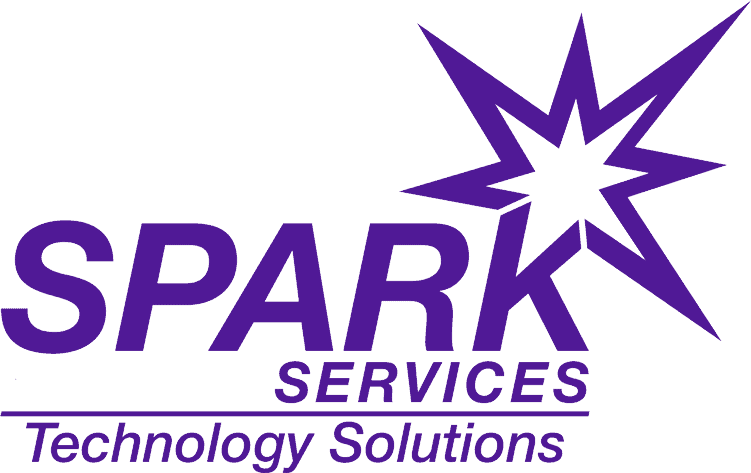In today’s world, internet access has evolved for humans from a luxury a few could afford to now accessible to everyone (almost everyone!). Technological advancements have simplified many things in our everyday life, and sustaining without internet access is quite challenging. While discussing internet access as a basic right, people still wait for proper coverage.
Rural communities have remained underserved and overlooked in terms of broadband internet services. Although the reach of broadband internet has increased in the United States, nearly 1 in 4 rural people is still deprived of internet. This article will examine the connectivity gap and rural internet area problems.
The Connectivity Gap
Also known as the “digital divide,” the connectivity gap indicates the gap between people having easy access to high-speed internet and people who don’t have it because of several demographic factors. Some cannot access the internet, and some groups struggle with unreliable internet, low internet speed, and lower-performance devices because of the limitations imposed by the digital divide.
Rural communities are often situated outside towns and cities, with internet speeds falling under 2Mbps. Unfortunately, the communication technology currently used in urban areas has yet to be integrated into these rural areas. Also, internet coverage differs from state to state in the United States.
Rural Internet Area Problems
Let’s look at the significant problems associated with rural internet areas.
Cost of Broadband Infrastructure
When it comes to installation and maintenance, broadband infrastructure is very costly. Fiber is one of the major infrastructures necessary for high-speed internet connectivity. Installing fiber is incredibly expensive and logistically difficult, particularly in areas having geographical or climate challenges. Another factor contributing to the lack of access to high-speed internet in rural areas is low government aid.
Less Number of Users than in Urban Areas
Internet Service Providers (ISPs) invest in rural areas more cautiously because of the number of potential customers that are present in those areas. Since all major ISPs focus on maximizing profit, it’s difficult for rural areas to have a high person per square area density and so attract major broadband providers to their communities. Thus rural people are left with options such as Wi-Fi and data sticks.
Inaccurate Data Representations by ISPs
Major ISPs have to submit reports on coverage areas and internet speeds to the Federal Communications Commission (FCC). These reports aren’t frequently verified or double-checked. For example, a provider may report that an entire area is covered under broadband. When the data reported by the ISPs cannot be trusted, it’s quite tricky for resources to be allocated to the rural areas and communities that need them the most.
Racial and Socio-Economic Divides
Studies found that racial and socio-economic undertones also contribute to the poor internet experience in rural areas. Minority households have a larger concentration in such areas, and most families have only one computer shared by the entire household. However, this excuse can no longer be viable since households today can afford to have more than one device having internet connection capabilities.
Lack of Viable Alternatives
Most rural communities are becoming more discontent with their rural internet realities. However, no viable alternatives can help tackle issues like reliability, pricing, and unscrupulous practices such as internet throttling. Such options, namely Satellite coverage, Dial-up, and DSL, are also costly, spotty, and feature slow speeds for uploading and downloading, which can be frustrating. On top of all these, these alternatives are barely serviceable, and hence rural communities have to stick with their ISPs irrespective of the rural internet situation.
How Can SPARK Services Help?
As a technology solutions provider, SPARK Services aims to deliver the best possible solutions to its customers through the latest technology.
SPARK Services primarily deals with networking, web design, and computer-related services while focusing on dependability and customer service. When it comes to providing internet to rural communities, SPARK Services offers LTE internet, which is more reliable than satellite.
We try our best to cover rural areas with our network and provide internet service to all customers living in such areas. If you do not have high-speed internet services in your region, feel free to contact us at SPARK Services!




